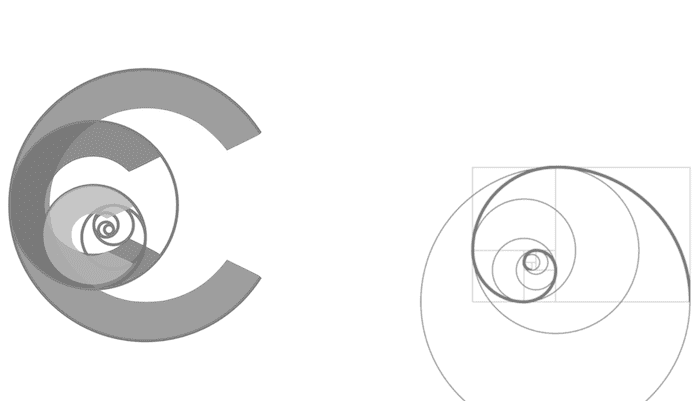FAST HUGS IN BED Please!
Regardless of the underlying cause of the illness, the provision of meticulous supportive care is essential to the management of any critically ill patient. Back in 2005, Jean Louis Vincent popularised the FAST HUGS mnemonic for recalling the key issues to review when looking after a critically ill patient.
Give your patient a fast hug (at least) once a day.
Vincent JL. Crit Care Med. 2005
This was subsequently updated to ‘FAST HUGS BID‘ by Vincent and Hatton:
- Feeding/fluids
- Analgesia
- Sedation
- Thromboprophylaxis
- Head up position
- Ulcer prophylaxis
- Glycemic control
- Spontaneous breathing trial
- Bowel care
- Indwelling catheter removal
- Deescalation of antibiotics
Vincent WR 3rd, Hatton KW. Critically ill patients need “FASTHUGS BID” (an updated mnemonic). Crit Care Med. 2009 Jul;37(7):2326-7; author reply 2327.
I thought I’d share with you my own slightly more comprehensive version, ‘FAST HUGS IN BED Please‘, which applies equally well in the emergency department or the intensive care unit:
- Fluid therapy and feeding
- Analgesia, Antiemetics and ADT*
- Sedation and Spontaneous breathing trial
- Thromboprophylaxis, Tetanus prophylaxis
- Head up position (30 degrees) if intubated
- Ulcer prophylaxis
- Glucose control
- Skin/ eye care and suctioning
- Indwelling catheter
- Nasogastric tube
- Bowel care
- Environment (e.g. temperature control, appropriate surroundings in delirium)
- De-escalation (e.g. end of life issues, treatments no longer needed)
- Psychosocial support (for patient, family and staff)
** ADT™ Booster, Tetanus Vaccine, Diphtheria Vaccine
References and Links
Introduction to ICU Series
Introduction to ICU Series Landing Page
DAY TO DAY ICU: FASTHUG, ICU Ward Round, Clinical Examination, Communication in a Crisis, Documenting the ward round in ICU, Human Factors
AIRWAY: Bag Valve Mask Ventilation, Oropharyngeal Airway, Nasopharyngeal Airway, Endotracheal Tube (ETT), Tracheostomy Tubes
BREATHING: Positive End Expiratory Pressure (PEEP), High Flow Nasal Prongs (HFNP), Intubation and Mechanical Ventilation, Mechanical Ventilation Overview, Non-invasive Ventilation (NIV)
CIRCULATION: Arrhythmias, Atrial Fibrillation, ICU after Cardiac Surgery, Pacing Modes, ECMO, Shock
CNS: Brain Death, Delirium in the ICU, Examination of the Unconscious Patient, External-ventricular Drain (EVD), Sedation in the ICU
GASTROINTESTINAL: Enteral Nutrition vs Parenteral Nutrition, Intolerance to EN, Prokinetics, Stress Ulcer Prophylaxis (SUP), Ileus
GENITOURINARY: Acute Kidney Injury (AKI), CRRT Indications
HAEMATOLOGICAL: Anaemia, Blood Products, Massive Transfusion Protocol (MTP)
INFECTIOUS DISEASE: Antimicrobial Stewardship, Antimicrobial Quick Reference, Central Line Associated Bacterial Infection (CLABSI), Handwashing in ICU, Neutropenic Sepsis, Nosocomial Infections, Sepsis Overview
SPECIAL GROUPS IN ICU: Early Management of the Critically Ill Child, Paediatric Formulas, Paediatric Vital Signs, Pregnancy and ICU, Obesity, Elderly
FLUIDS AND ELECTROLYTES: Albumin vs 0.9% Saline, Assessing Fluid Status, Electrolyte Abnormalities, Hypertonic Saline
PHARMACOLOGY: Drug Infusion Doses, Summary of Vasopressors, Prokinetics, Steroid Conversion, GI Drug Absorption in Critical Illness
PROCEDURES: Arterial line, CVC, Intercostal Catheter (ICC), Intraosseous Needle, Underwater seal drain, Naso- and Orogastric Tubes (NGT/OGT), Rapid Infusion Catheter (RIC)
INVESTIGATIONS: ABG Interpretation, Echo in ICU, CXR in ICU, Routine daily CXR, FBC, TEG/ROTEM, US in Critical Care
ICU MONITORING: NIBP vs Arterial line, Arterial Line Pressure Transduction, Cardiac Output, Central Venous Pressure (CVP), CO2 / Capnography, Pulmonary Artery Catheter (PAC / Swan-Ganz), Pulse Oximeter

Critical Care
Compendium
Chris is an Intensivist and ECMO specialist at The Alfred ICU, where he is Deputy Director (Education). He is a Clinical Adjunct Associate Professor at Monash University, the Lead for the Clinician Educator Incubator programme, and a CICM First Part Examiner.
He is an internationally recognised Clinician Educator with a passion for helping clinicians learn and for improving the clinical performance of individuals and collectives. He was one of the founders of the FOAM movement (Free Open-Access Medical education) has been recognised for his contributions to education with awards from ANZICS, ANZAHPE, and ACEM.
His one great achievement is being the father of three amazing children.
On Bluesky, he is @precordialthump.bsky.social and on the site that Elon has screwed up, he is @precordialthump.
| INTENSIVE | RAGE | Resuscitology | SMACC

What is ADT ?
ADT: Diphtheria and Tetanus Toxoids and Acellular Pertussis Vaccine Adsorbed
ADT® Booster is used to vaccinate children (>5 years of age) and adults who have previously received at least three doses of a vaccine for primary immunisation against diphtheria and tetanus
As long as ADT is not known anywhere, validity of all the protocol version remains low
Fair point. Have added Tetanus prophylaxis to T, maybe ADT can then be removed.
Superb mnemonic, I am using it now
For the ICU in Low settting , Haiti where i’m working is very important still have Tetanus with opistotonos.
Thank you for adding .
Resourceful. Thank you